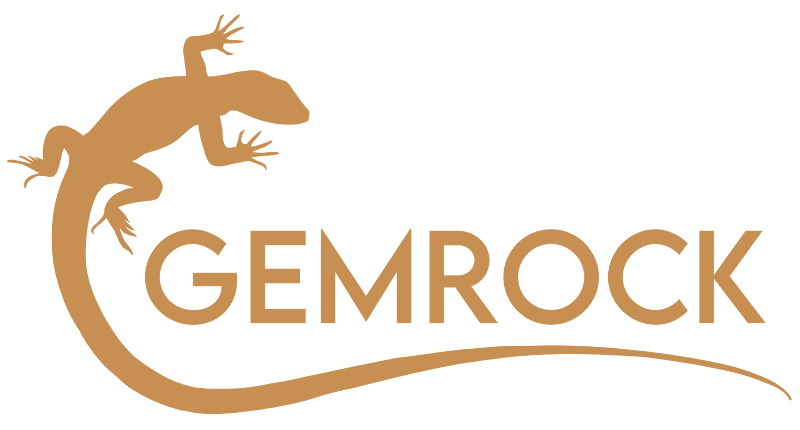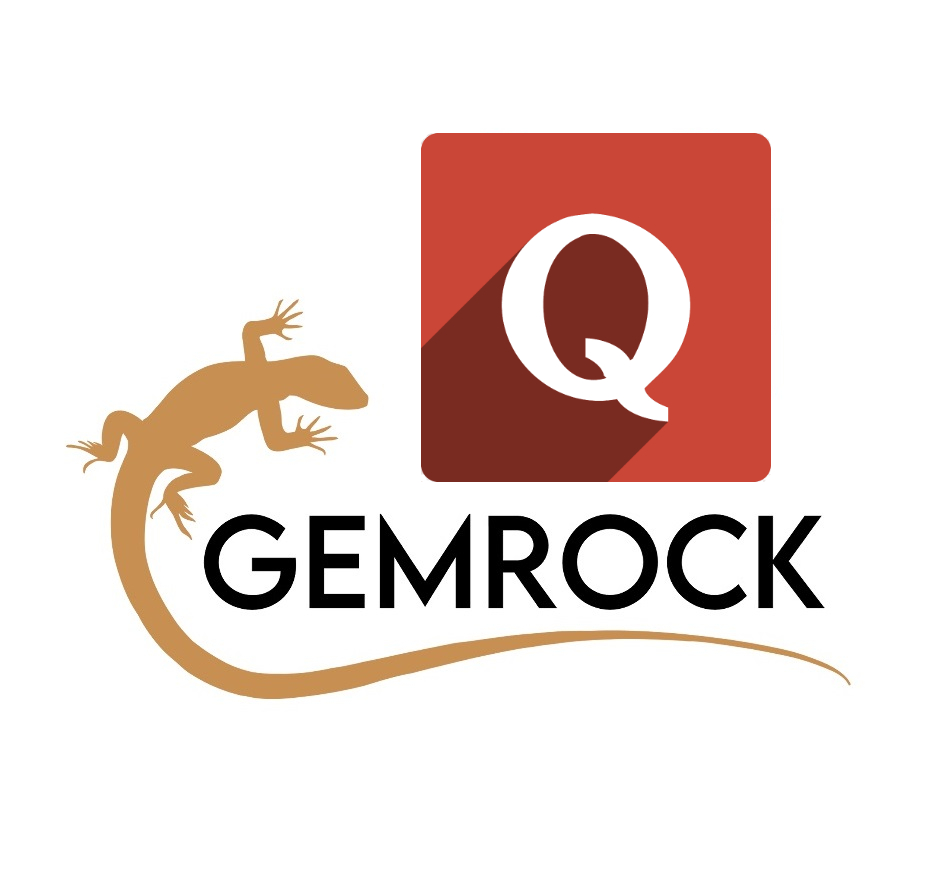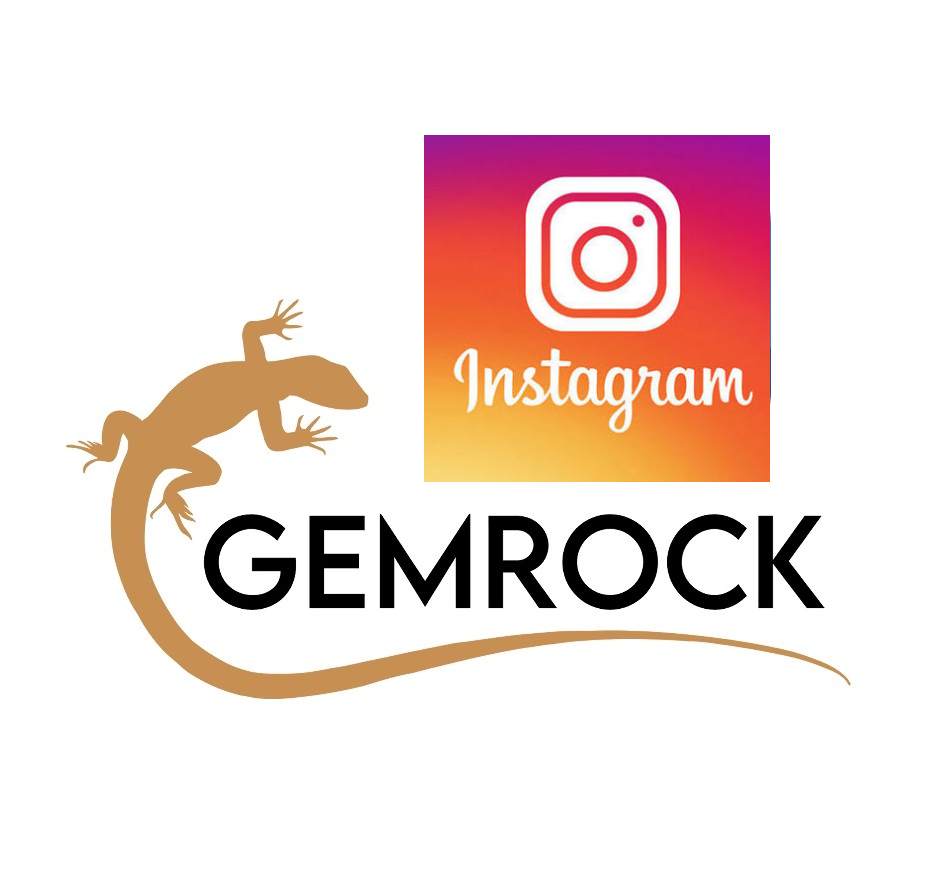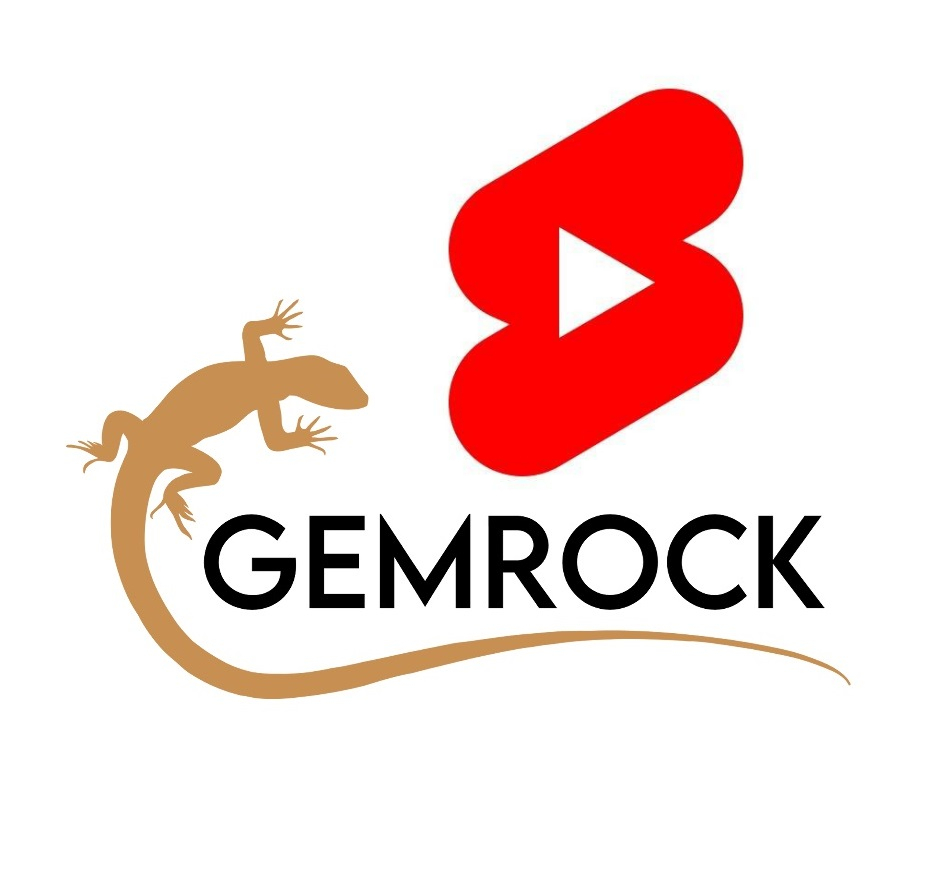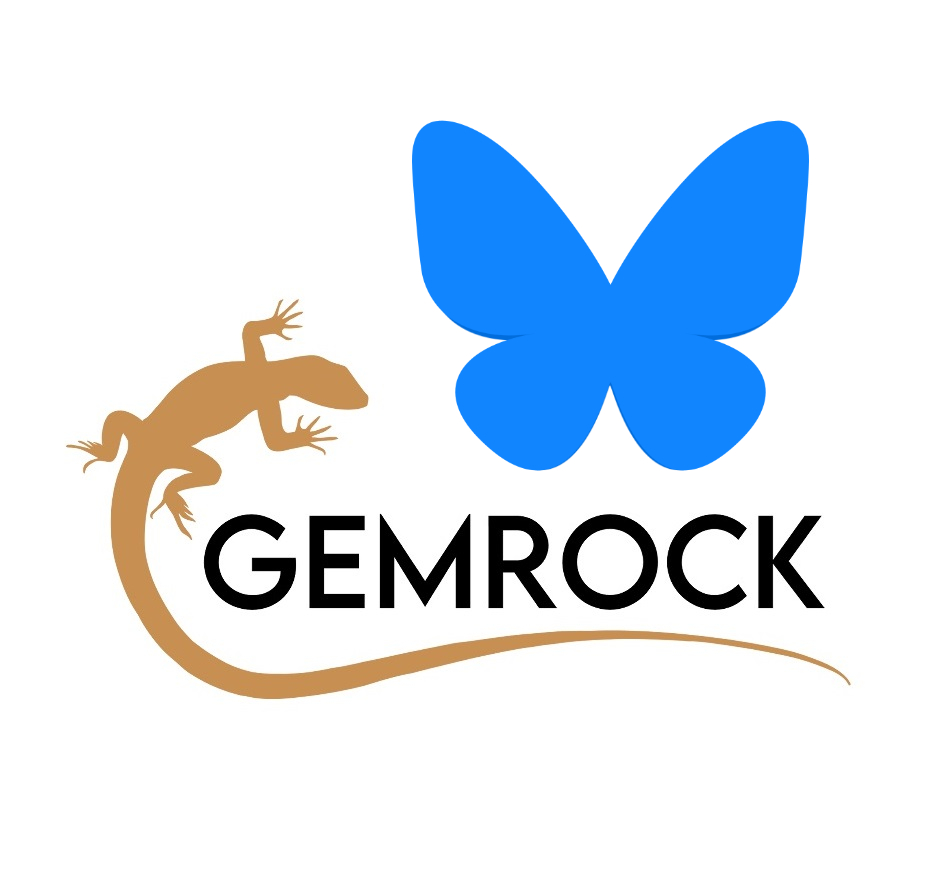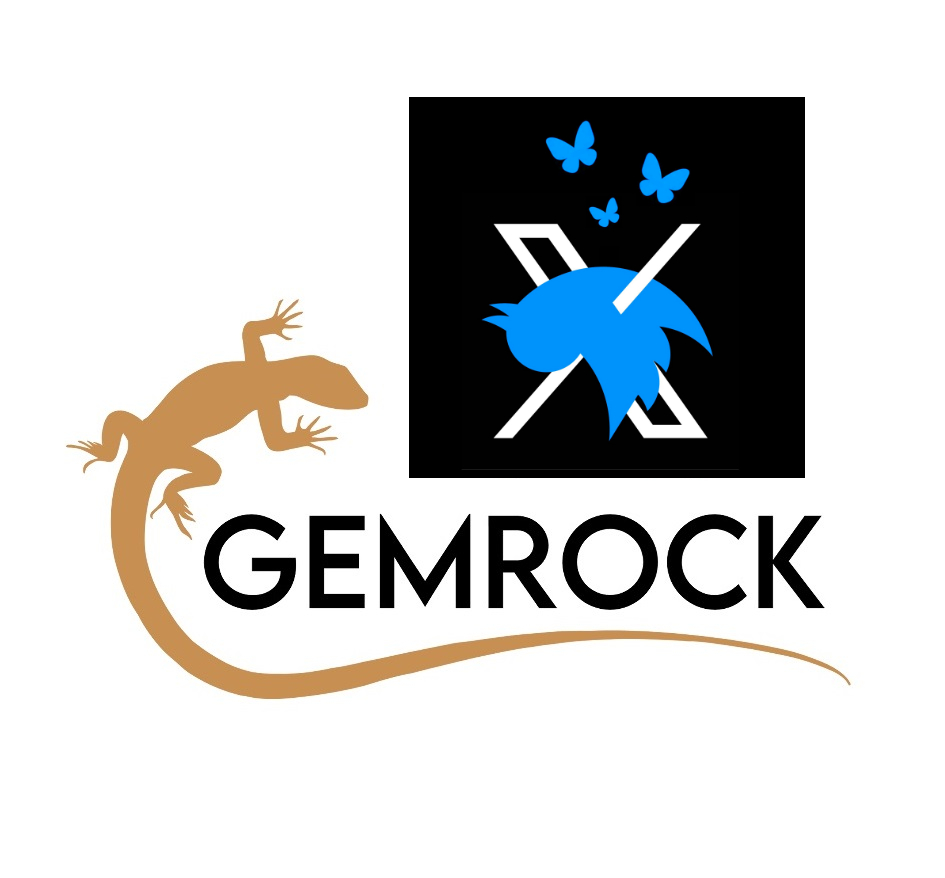Red River Sunset®
Gemstone Quality Standard
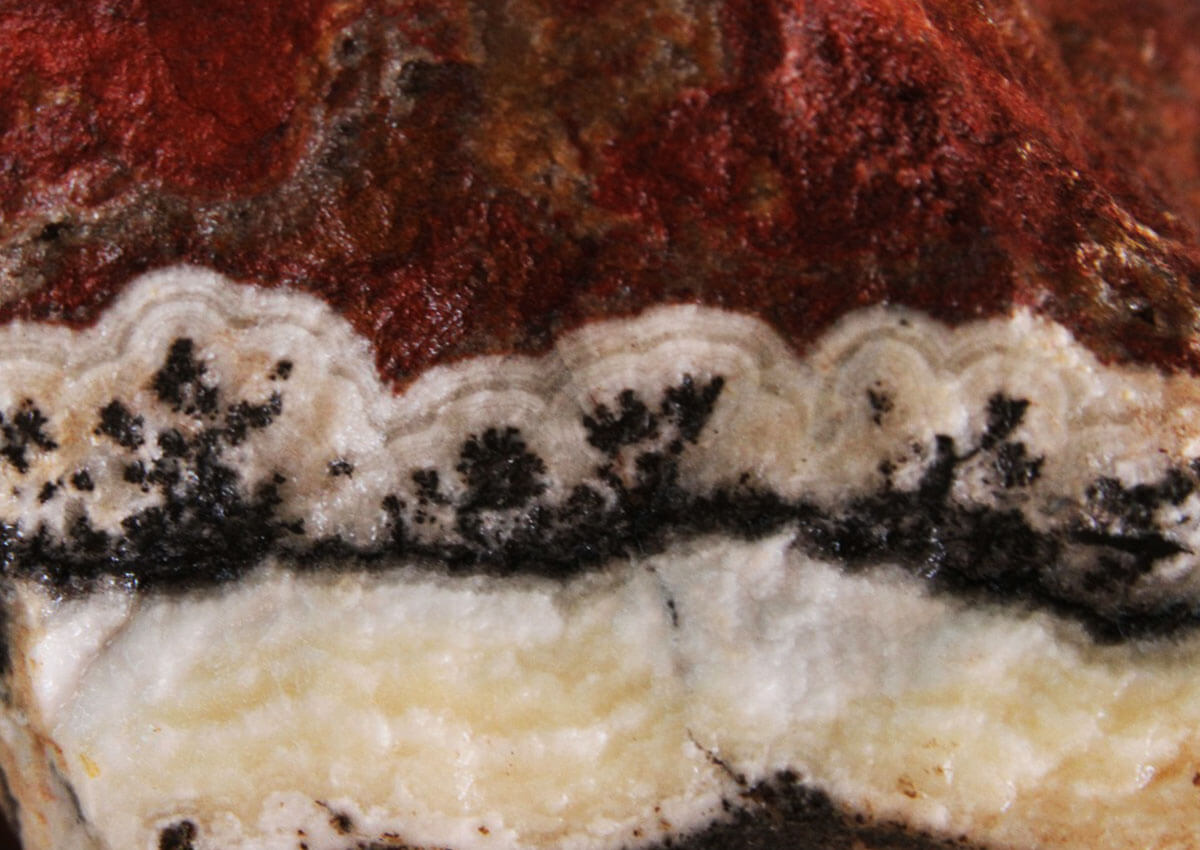
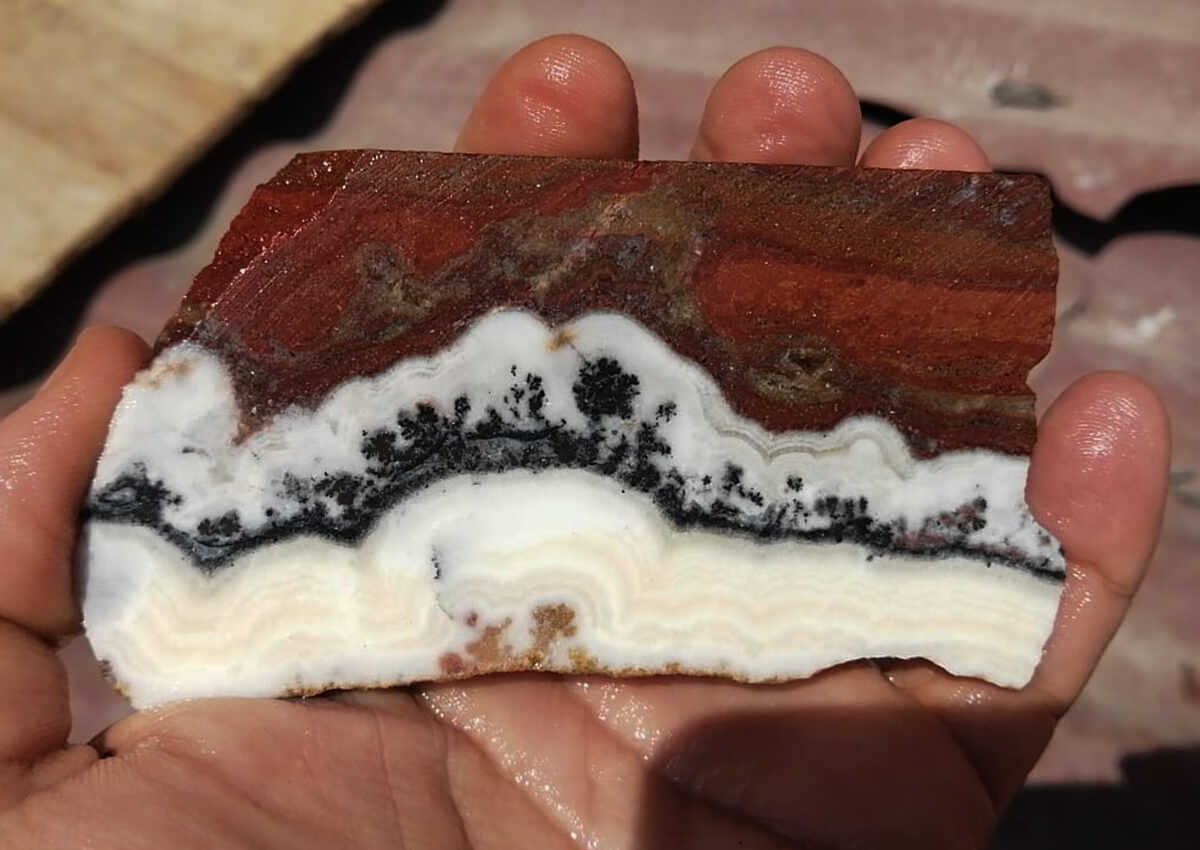
An incredible stone
In 2019, when testing new materials for our jewelry production, we came across this thin dendritic layer within a rock. When looking at the rock and other samples from the area we recognized that we had something extraordinary in front of us:
A constant pattern resembling a horizon with trees and bushes in front of white snow-capped mountains under a bloodred sunset sky.
We named it “Red River Sunset”® in honor of the unique red river near Cusco Peru.
But there was something even more exciting about this stone:
Other dendritic stones do show irregular dendritic patterns, that are hard to predict, which makes it difficult to plan a large-scale jewelry production based on such material.
Here however, we have a vein that crosses the rock with a constant color pattern. You can cut this vein and slab after slab will show the same color pattern. This makes it possible to plan for huge jewelry editions getting individual but very similar cabuchons. Something we have not seen so far in dendritic stones.
After laboratory testing this material we now know that Red River Sunset® is a bicolored calcite-dominant carbonate. The red layer is more iron-rich, although the highest percentage found during testing is only 0.89 %. However, iron is a powerful coloring agent.
According to testing this material is most likely travertine. Travertine is a form of terrestrial limestone deposited around mineral springs, especially hot springs.
Fresh travertines vary widely in their porosity, from about 10% to 70%. Red River Sunset® however, shows comparatively small porosity, which indicates it to be a very ancient travertine. Such old travertines may have a porosity as low as 2% due to the crystallization of secondary calcite in the original pore spaces. It also indicates that this travertine was formed around a hot spring, rather than a cold one. Finally, given the fact that the material lacks the presence of magnesium, it is most likely that it was formed in fresh water and not in seawater.


Rarity
This travertine is only known from Peru and occurs in very small quantities. To the best of our knowledge were are the only provider for this material.
Availability
This material is very difficult to obtain. We stopped selling the rough rock. We do provide custom cut cabochons and jewelry with this amazing stone.
You can buy our finished top-quality cabochons for jewelry makers.
National and international shipping from our US-based warehouse.


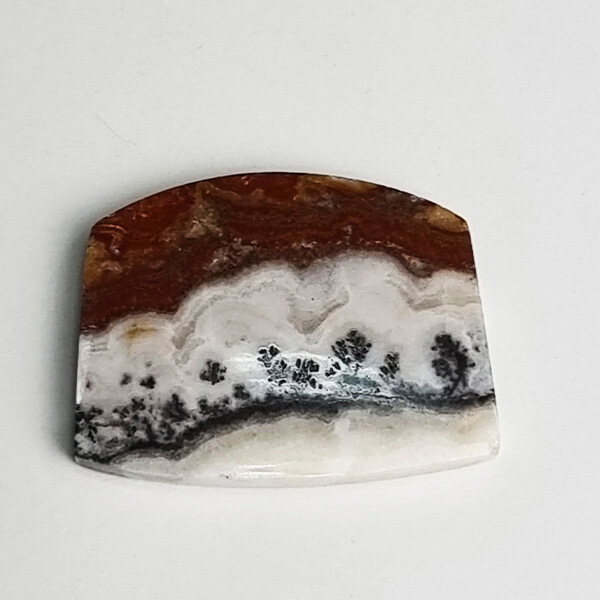
Top jewelry-grade material
Top-grade material shows a very white layer. it shows a strong and dark grey horizontal line with extensive and sharp dendritic formations on top.
Unsuitable material has a more yellowish-wite, shows a thin and weak line, and does not show dendritic formation or only very weak ones.
In jewelry-grade material, the red is dark and strong. In lower grade material the red becomes yellowish.


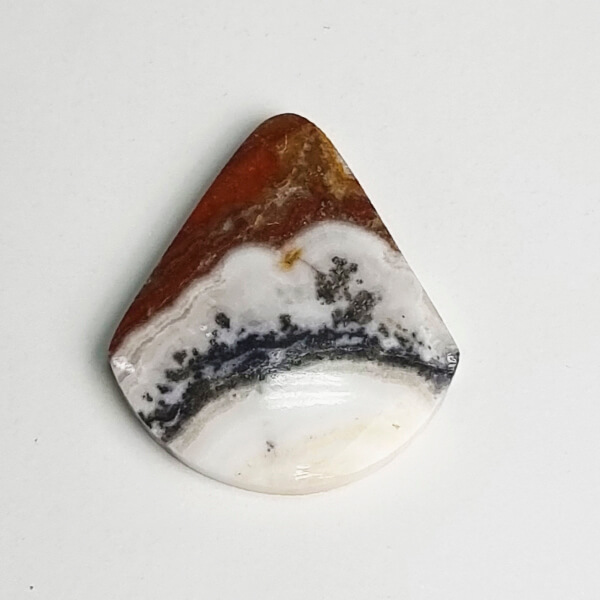
Pores
This is a porous material. The black trees are forming pores in the surface and there are also pores in the red upper part. This is unavoidable. However, top jewelry-grade material shows much less and smaller pores than unsuitable material.


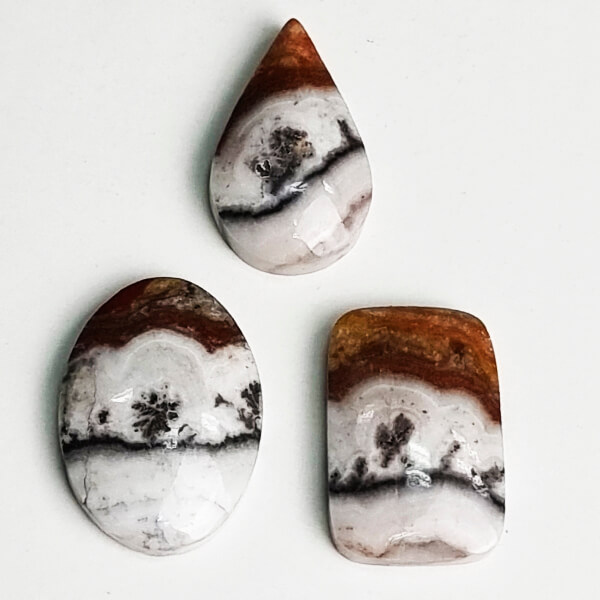
Polishable
Red River Sunset® can be polished to a very good finish, taking into account that there will always be a small amount of fine surface pores.
Cutting Quality
Advantages:
Red River Sunset® does not tend to break or chip. Experienced cutters therefore can obtain very sharp unchipped edges between the backside and bezel as well as between the bezel and dome.
Top-cutting-quality is characterized by:
- a polished backside
- a sharp unchipped edge between the backside and the bezel
- a very straight and even highly polished bezel
- a sharp unchipped edge between the bezel and the dome
- a well-shaped dome, not showing any deformation
- Top-quality polish


Pricing
Adequate pricing must take into account the cost factors to obtain top-quality cabochons:
- Acquisition of top-grade Red River Sunset® with strong color in the mine.
- Selection of top-grade material with strong colors and good dendritic formation, while discarding more than 50 percent of the rough rock as unsuitable for jewelry.
- A usual material loss of approximately 90 % of the selected material during the cutting and shaping process.
- The level of experience required by a cutter to produce a flawlessly shaped and highly polished cabochon from such a porous material.
You can buy our finished top-quality cabochons for jewelry makers.
National and international shipping from our US-based warehouse.
Top Jewelry-grade Material:
Strong colors, dark red upper band, white central band with little yellowish tone, strong dendritic formation, very few tiny pores.
Cutting Quality:
- Straight bezel, 3 mm high
- Flat and perfect dome (3 mm high)
- Edges between bezel and dome, as well as bezel and backside: sharp and crispy, minor chips on lower edge possible but very rare.
- Backside flat, at 280 grit
Additional Quality (AA+): Backside polished to 3000 grit
Pricing:
Recommended Retail Price (AA): 2.00 USD per carat
AA+: 2.20 USD/c
Top Jewelry-grade Material:
Strong colors, dark red upper band, white central band with little yellowish tone, strong dendritic formation, very few tiny pores.
Cutting Quality:
- Only cut by our best master cutters
- Straight bezel, 3 mm high
- Flat and perfect dome (1-3 mm high)
- Edges between bezel and dome, as well as bezel and backside: sharp and crispy, no chips on lower edge.
Additional Quality (AAA+): Backside polished to 3000 grit
Pricing:
Recommended Retail Price (AAA): 4.00 USD per carat
AAA+: 4.40 USD/c
To the best of our knowledge, we are the only ones offering this material.
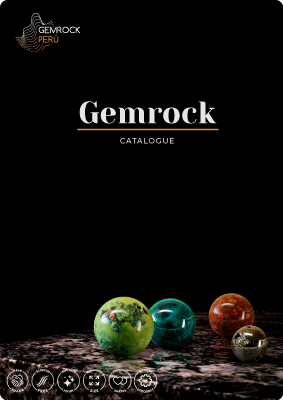
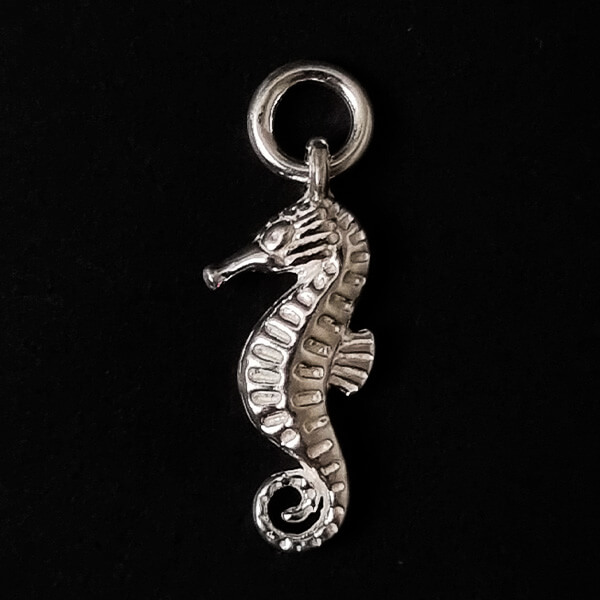
For Charms & Pendants
Ethical Silver Accessories
for Jewelry Makers
Hundreds of charms, pendants & chains
in
950 Silver, Sterling Silver, tarnish-resistant Moonlight Sterling Silver, gold-plated silver and gold.
Guaranteed Free of toxic alloys.
How to avoid fake & toxic silver:
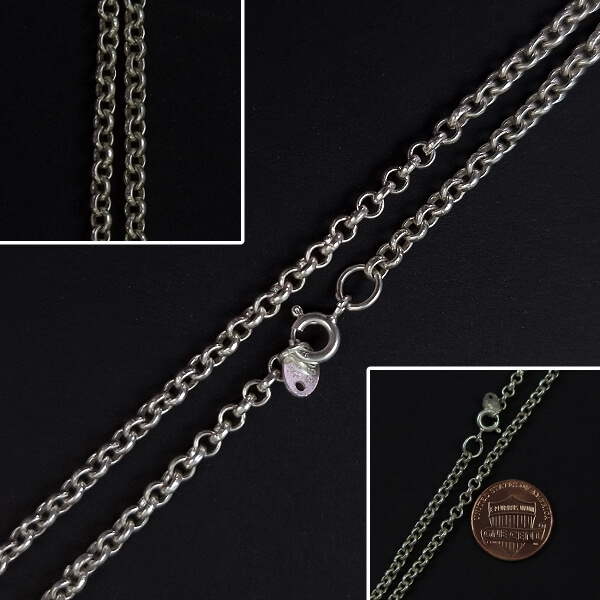
For Chains
Shop your crystals & jewelry NOW
NATURA MINERA
Achetez vos cristaux Gemrock, produits en cristal et bijoux à Québec
GEMROCK CANADA
Online retail shop of ethical, top-quality crystal specimens, jewelry, and jewelry-maker accessories like cabochons, silver chains, silver wire, and charms. Exports to USA.
Gemrock Peru - Tienda
Venta de cristales naturales, piedras talladas y joyería de Gemrock en Peru a nivel nacional.
Cutting services
Do you need reliable high-quality cutting services for a reasonable price? Are you looking for a service provider that is willing to develop new products according to your requirements? Would you like to get expert advice in order to improve your product? Do you wish for someone to optimize the process and get the most out of your rough? Just talk to us.
Free Gemrock Learning Resources
Free Gemrock Learning Resources
Connect wherever you want and can
Connect wherever you want and can
Get in Touch
+51 994104206
gemrockinternational@gmail.com
